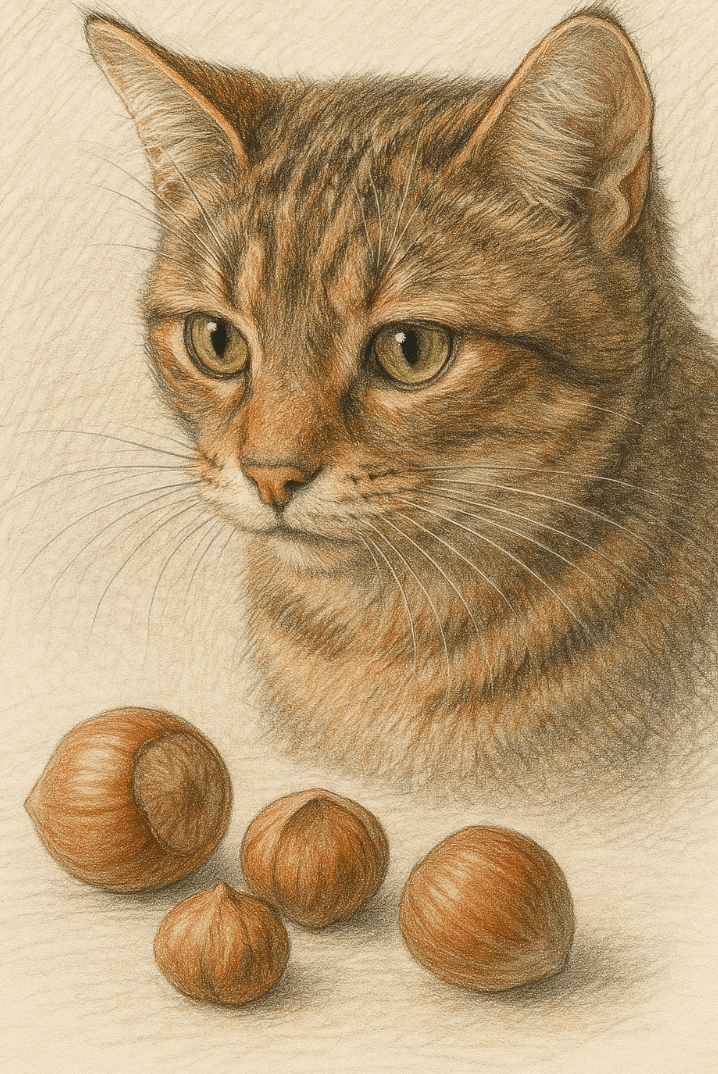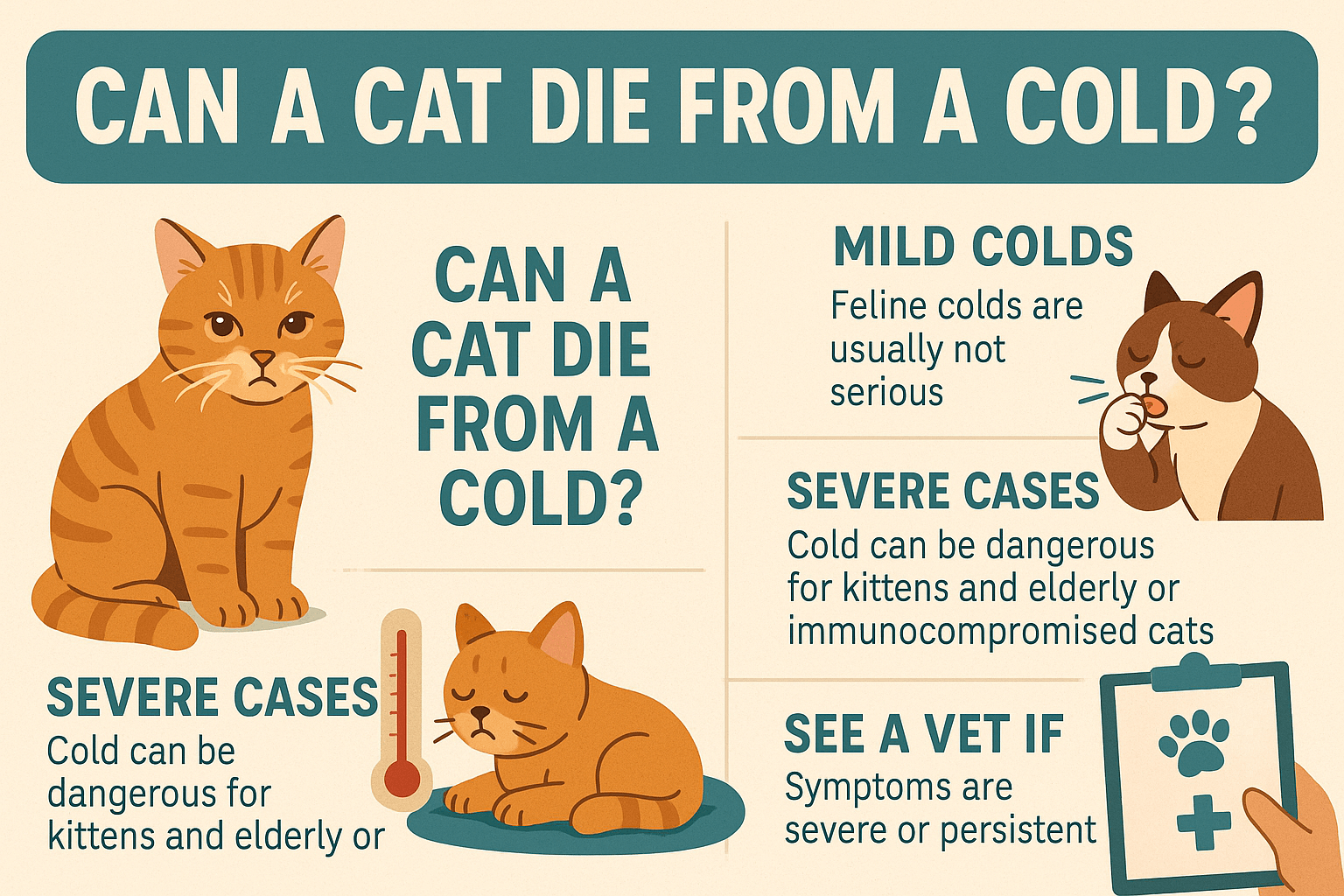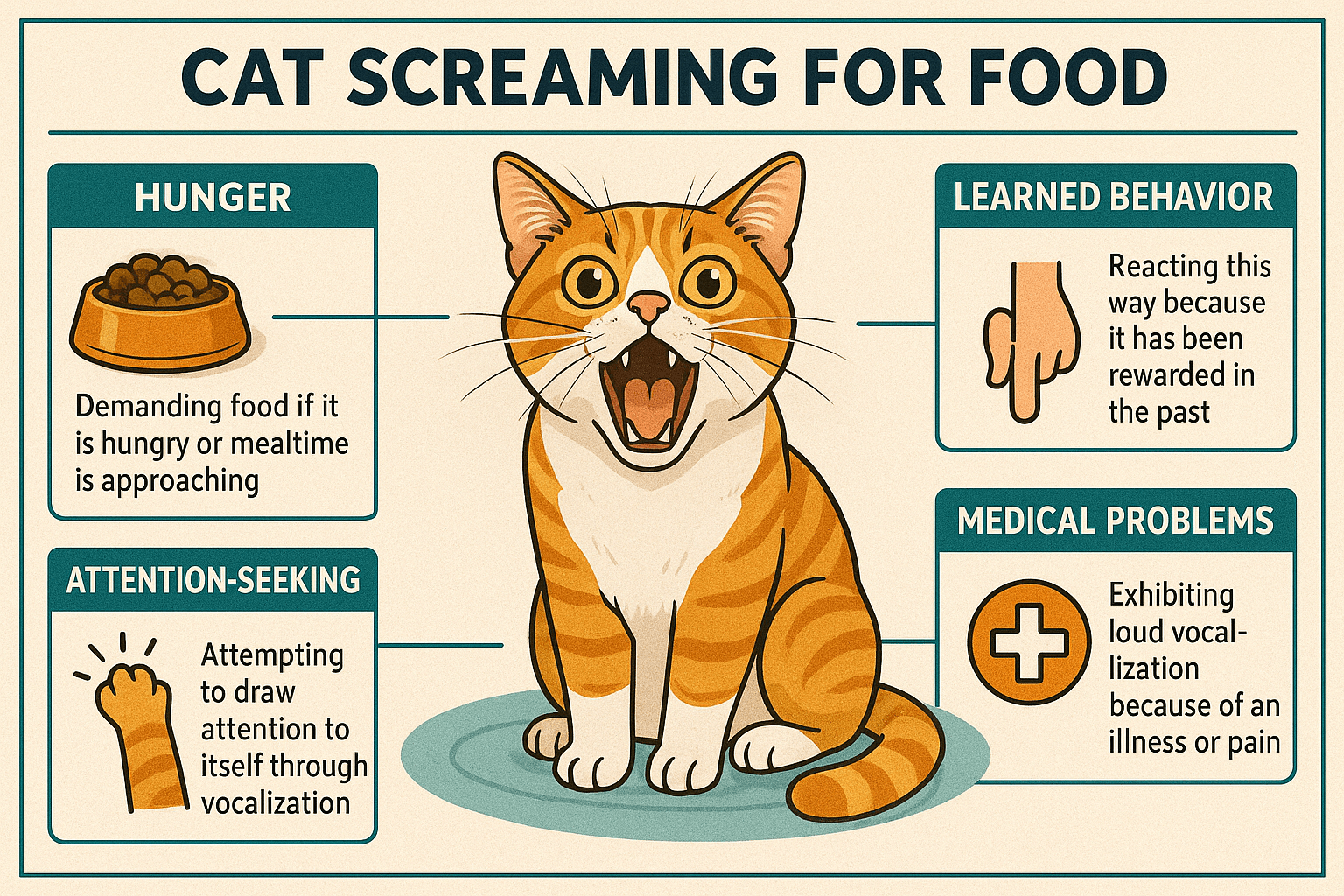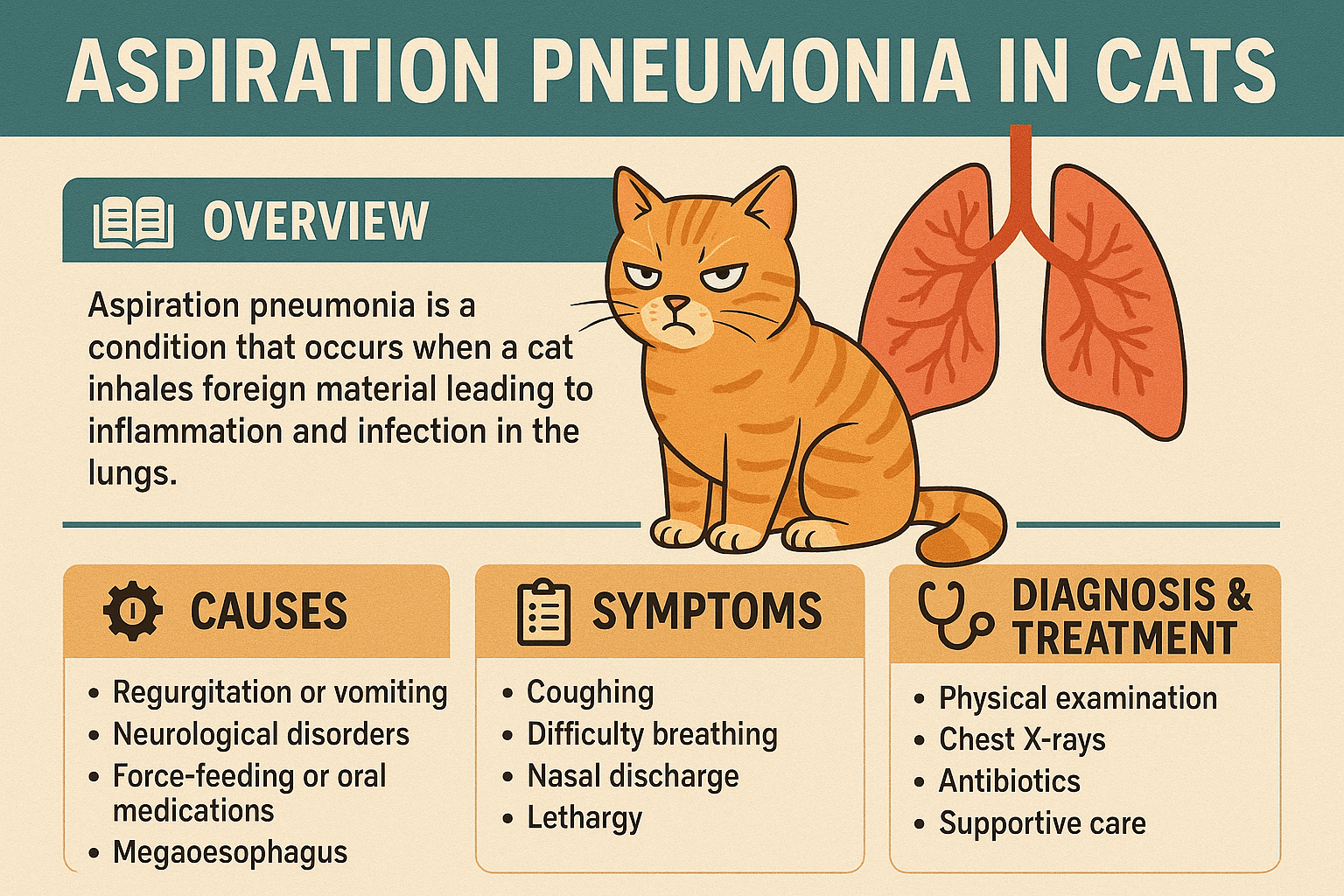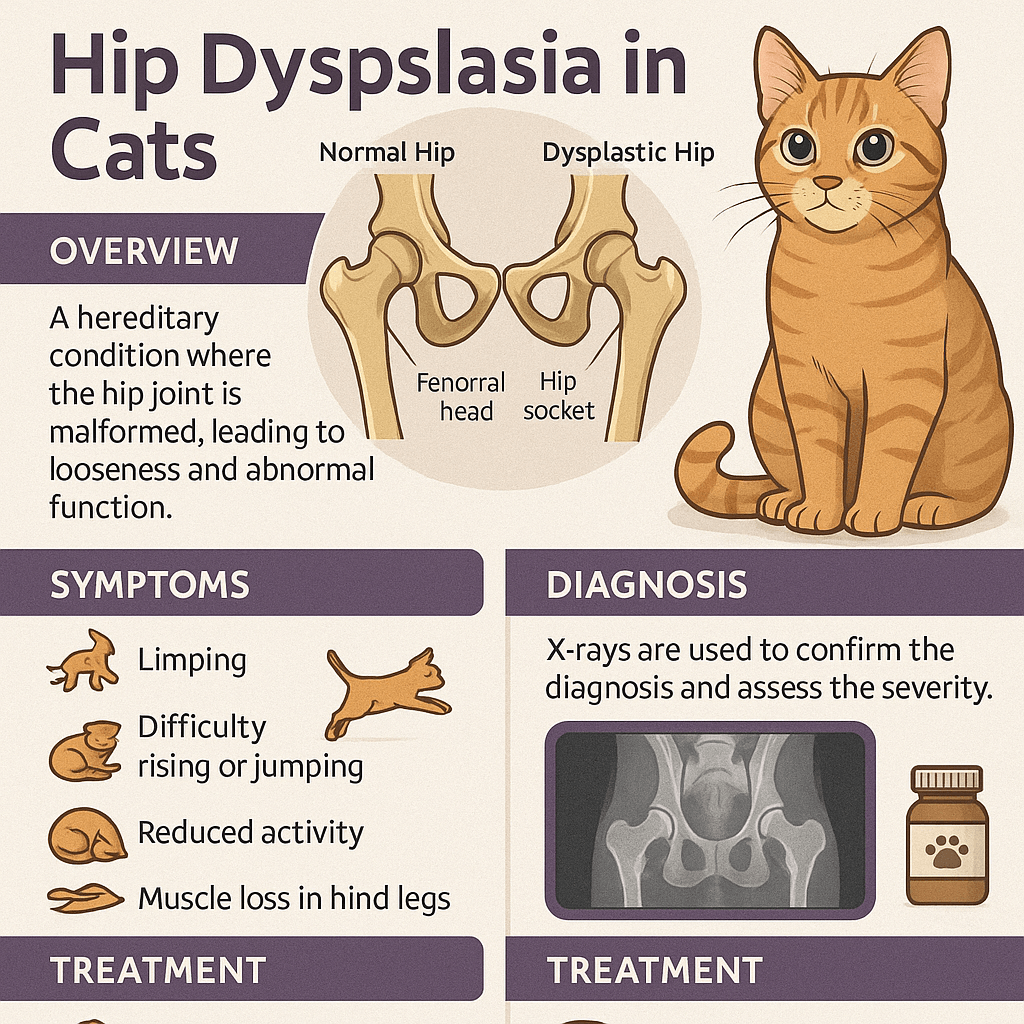Can Cats Eat Hazelnuts?
Hazelnuts are a popular snack for humans, often enjoyed for their rich flavor and nutritional benefits. But what about our feline friends? Can cats eat hazelnuts, or should they be avoided altogether? While cats are obligate carnivores and don’t require nuts in their diet, some pet owners may wonder if offering a small piece of hazelnut is safe as an occasional treat. However, understanding the potential risks and benefits is crucial to ensuring your cat’s health and well-being. In this blog post, we’ll explore whether hazelnuts are safe for cats, the dangers they might pose, and how to make informed decisions about your pet’s diet.
Potential Risks of Feeding Hazelnuts to Cats
While hazelnuts aren’t toxic to cats in small amounts, they come with several risks that every pet owner should be aware of. These hazards can range from digestive issues to more serious complications.
Choking Hazard:
Whole hazelnuts are too large and hard for cats to chew properly, increasing the risk of choking.Digestive Upset:
The high fat content in hazelnuts can upset a cat’s sensitive stomach, leading to vomiting or diarrhea.Pancreatitis Risk:
Consuming fatty foods like hazelnuts may trigger pancreatitis, a painful and potentially life-threatening condition in cats.Toxic Additives:
Many commercially sold hazelnuts are coated with salt, sugar, or chocolate, which are harmful to cats.Allergic Reactions:
Some cats may develop allergic reactions, such as itching, swelling, or difficulty breathing, after consuming hazelnuts.
These risks highlight why caution is essential when considering giving hazelnuts to your cat. Always prioritize their safety over curiosity or convenience.
Benefits of Hazelnuts (When Handled Safely)
Although hazelnuts aren’t a necessary part of a cat’s diet, they do offer some nutritional value that might interest pet owners. However, these benefits are minimal compared to the risks.
Healthy Fats:
Hazelnuts contain omega-9 fatty acids, which support skin and coat health—but cats get these nutrients more safely from meat-based sources.Vitamins and Minerals:
They’re rich in vitamin E, magnesium, and manganese, which contribute to overall health when consumed in appropriate amounts.Low Toxicity Level:
Unlike some nuts, hazelnuts aren’t inherently toxic to cats, making them less dangerous than options like macadamia nuts.Potential Dental Stimulation:
Chewing on soft, crushed hazelnuts might provide mild dental stimulation, though safer alternatives exist.Occasional Variety:
For cats who enjoy experimenting with textures, a tiny piece of plain hazelnut could serve as an occasional novelty.
While these benefits exist, they must be weighed against the potential dangers to determine if hazelnuts are truly suitable for your cat.
Check this guide 👉Can Cats Eat Trout? Best 7 Expert Tips!
Check this guide 👉Can Cats Eat Melatonin? Best 7 Expert Tips!
Check this guide 👉Can Cats Eat Watermelon? Best 7 Expert Tips!
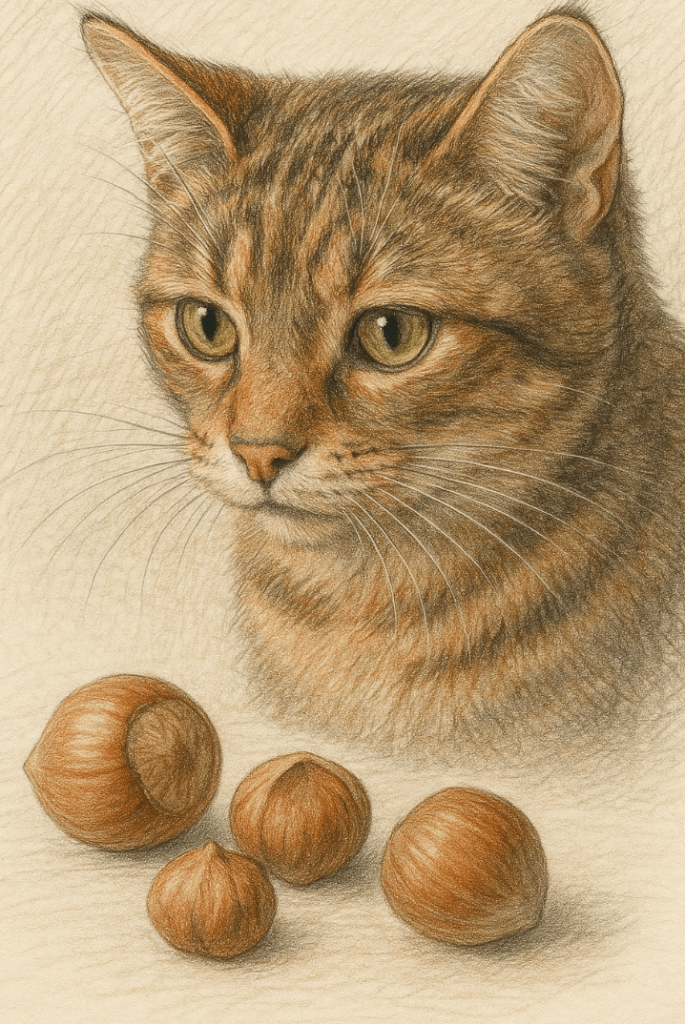
Safe Alternatives to Hazelnuts | Risks of Unsafe Nut Choices |
|---|---|
Cooked chicken or turkey | Macadamia nuts (highly toxic to cats) |
Cat-safe vegetables like carrots | Salted or seasoned nuts |
Small pieces of banana or apple | Chocolate-covered or candied nuts |
Commercial cat treats | Whole nuts that pose choking hazards |
Bone broth (unsalted and strained) | Nuts with artificial additives |
How to Safely Introduce Hazelnuts to Your Cat
If you decide to give your cat a taste of hazelnut, it’s essential to take precautions to minimize risks. Follow these guidelines to ensure a safe experience.
Choose Plain Hazelnuts Only:
Avoid any hazelnuts coated with salt, sugar, chocolate, or other additives that could harm your cat.Crush the Nut into Tiny Pieces:
Break the hazelnut into very small, manageable pieces to reduce the risk of choking.Limit Portion Size:
Offer no more than a single tiny piece once in a while—hazelnuts should never become a regular treat.Monitor for Reactions:
Watch your cat closely for signs of digestive upset, allergic reactions, or discomfort after consumption.Consult Your Veterinarian:
Before introducing hazelnuts, seek advice from your vet to ensure they align with your cat’s specific dietary needs.
By following these steps, you can mitigate risks while allowing your cat to explore new flavors responsibly.
Signs Your Cat May Be Struggling After Eating Hazelnuts
Even with precautions, complications can arise if your cat consumes hazelnuts improperly. Watch for these warning signs to act quickly if something goes wrong.
Vomiting or Diarrhea:
These symptoms may indicate that your cat has ingested too much fat or an allergenic substance.Excessive Drooling:
Drooling could signal irritation or injury caused by chewing on hard hazelnut pieces.Lethargy or Weakness:
A sudden lack of energy might suggest internal issues, such as pancreatitis or poisoning.Difficulty Breathing:
Labored breathing or wheezing could indicate an allergic reaction requiring immediate attention.Pawing at the Mouth:
This behavior often indicates that your cat is experiencing discomfort or has a foreign object stuck in their mouth.
Recognizing these signs early allows you to seek veterinary care promptly, preventing further complications.
Common Mistakes to Avoid When Feeding Hazelnuts
Feeding hazelnuts to your cat requires careful consideration to avoid mistakes that could endanger their health. Here are some pitfalls to watch out for.
Offering Whole Nuts:
Whole hazelnuts are too large and hard for cats to chew, posing a choking hazard.Ignoring Seasonings or Coatings:
Salted, sugared, or chocolate-coated hazelnuts can harm your cat’s health and should always be avoided.Overfeeding Hazelnuts:
Even small amounts can upset a cat’s delicate digestive system; moderation is key.Leaving Cats Unsupervised:
Never leave your cat alone with hazelnuts, as they may consume too much or choke without you noticing.Neglecting Veterinary Advice:
Skipping a professional opinion can result in unknowingly harming your cat with inappropriate food choices.
Avoiding these mistakes ensures a safer and healthier experience for your cat.
Alternatives That Mimic the Texture of Hazelnuts
If you’re hesitant about feeding hazelnuts, there are plenty of alternatives that mimic their texture or provide similar sensory experiences without the associated risks.
Soft Chew Treats:
Designed for cats, these treats offer a satisfying texture without the choking hazards of hard nuts.Freeze-Dried Meat Pieces:
These treats provide protein-rich nutrition and a crunchy texture that cats love.Interactive Toys:
Puzzle feeders and chewable toys stimulate your cat mentally and physically, fulfilling their need for engagement.Bone Broth Supplements:
Strained, sodium-free bone broth offers nutrients found in natural foods without the choking hazard.Edible Grasses:
Cat-safe grasses like wheatgrass provide a fun chewing experience and aid digestion.
These alternatives allow you to cater to your cat’s instincts while keeping them safe.
Understanding Your Cat’s Natural Instincts Around Food
Cats are naturally curious creatures, and their instinctive drive to explore new tastes and textures explains their fascination with human foods like hazelnuts. Understanding their behaviors helps explain their reactions.
Hunting Behavior:
Wild cats investigate unfamiliar objects and scents, including food items, to assess potential threats or benefits.Teething and Chewing Needs:
Kittens and young cats chew on objects to relieve teething discomfort, making hard textures appealing.Nutrient Seeking:
Cats crave specific nutrients found in animal-based proteins, not plant-based fats like those in hazelnuts.Playful Exploration:
Cats use their mouths to explore new textures, and hazelnuts provide an intriguing sensory experience.Territorial Marking:
Chewing and gnawing on objects like hazelnuts can serve as a way for cats to assert ownership or relieve stress.
By recognizing these behaviors, you can better address your cat’s needs in a safe and controlled manner.
Frequently Asked Questions About Cats and Hazelnuts
Are hazelnuts toxic to cats?
No, hazelnuts aren’t inherently toxic, but they pose risks such as choking, digestive upset, and pancreatitis.
Can kittens eat hazelnuts?
Kittens should avoid hazelnuts entirely due to their smaller size and developing digestive systems.
What type of nuts are safe for cats?
Most nuts aren’t recommended for cats, but tiny amounts of plain, unsalted peanuts or cashews may be tolerated in rare cases.
How often can I give my cat hazelnuts?
It’s best to avoid feeding hazelnuts regularly; if at all, limit it to a single tiny piece once in a blue moon.
What should I do if my cat eats a whole hazelnut?
Monitor your cat closely for signs of choking or digestive distress, and contact your veterinarian if symptoms arise.
Prioritizing Your Cat’s Safety When It Comes to Hazelnuts
Feeding hazelnuts to your cat can be a double-edged sword, offering minimal benefits alongside significant risks. While they aren’t toxic, the potential for choking, digestive upset, and pancreatitis makes them a questionable choice. By understanding the dos and don’ts of feeding hazelnuts, choosing safer alternatives, and consulting your veterinarian, you can ensure your cat stays healthy and happy. Remember, your feline friend relies on you to make the best dietary choices for them—so always prioritize their well-being above all else.
Can a Cat Die from a Cold? Best 7 Expert Tips! Learn how to identify, treat, and prevent feline colds while understanding when to seek veterinary care for your cat’s health.
Cat Screaming for Food: Best 7 Expert Tips! Discover effective strategies to manage your cat's food-related vocalizations and create a peaceful feeding routine.
Aspiration Pneumonia in Cats: Best 7 Expert Tips! Discover causes, symptoms, and treatment advice to protect your cat’s respiratory health and ensure a speedy recovery.
Hip Dysplasia in Cats: Best 7 Expert Tips! Discover expert advice on managing hip dysplasia in cats, from symptoms and prevention to treatment options for a happier, healthier feline life.

